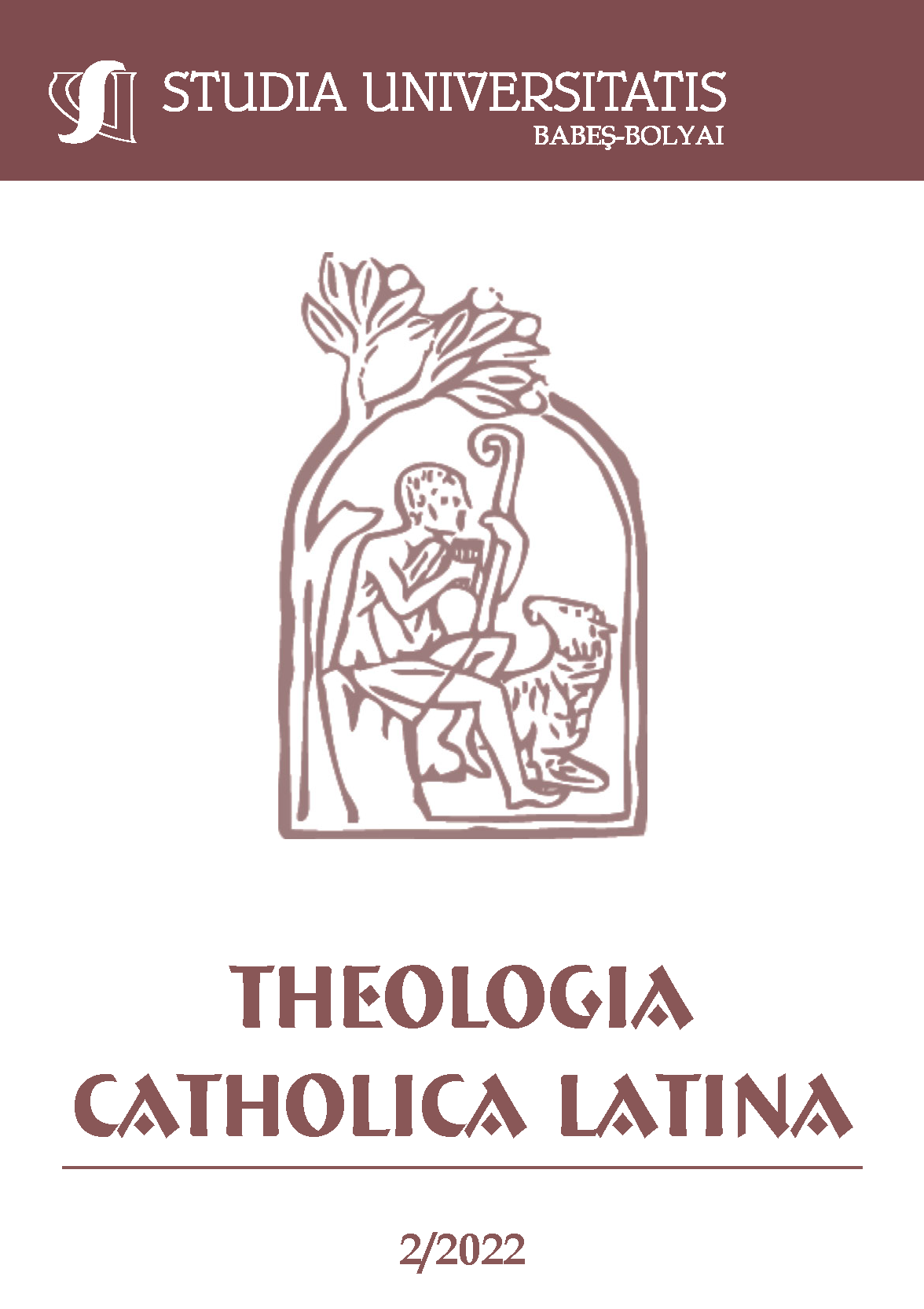TRANSLATION TECHNIQUES IN THE SEPTUAGINT: SABBATH COMMANDMENTS AND THEIR POSSIBLE THEOLOGICAL MESSAGE AND BACKGROUND
TRANSLATION TECHNIQUES IN THE SEPTUAGINT: SABBATH COMMANDMENTS AND THEIR POSSIBLE THEOLOGICAL MESSAGE AND BACKGROUND
Author(s): Ottilia LukácsSubject(s): Biblical studies, Translation Studies
Published by: Studia Universitatis Babes-Bolyai
Keywords: Septuagint; Sabbath commandment; translation techniques;
Summary/Abstract: The Septuagint offers valuable insights into the theology of Hellenistic Judaism. Keeping in mind that each translation is at the same time an interpretation, the translator(s) of the Septuagint provide a new (theological) interpretation or adaptation of the Hebrew Scriptures to the readers. The translation may reflect the community’s understanding of certain issues, in this case the Sabbath. This paper aims at scrutinizing the possible theological and/or ideological understanding of the Sabbath commandment reflected by the process of translation, on the one hand. On the other hand, it explores whether the translator(s) noticed the literary and redactional relationship between these Sabbath commandments, undeniably present in the Hebrew texts. This investigation applies the “content related criteria” developed by Hans Ausloos and Bénédicte Lemmelijn as well as the “theological(ly motivated) exegesis” proposed by Emmanuel Tov.
Journal: Studia Universitatis Babes-Bolyai - Theologia Catholica Latina
- Issue Year: 67/2022
- Issue No: 2
- Page Range: 5-31
- Page Count: 27
- Language: English

